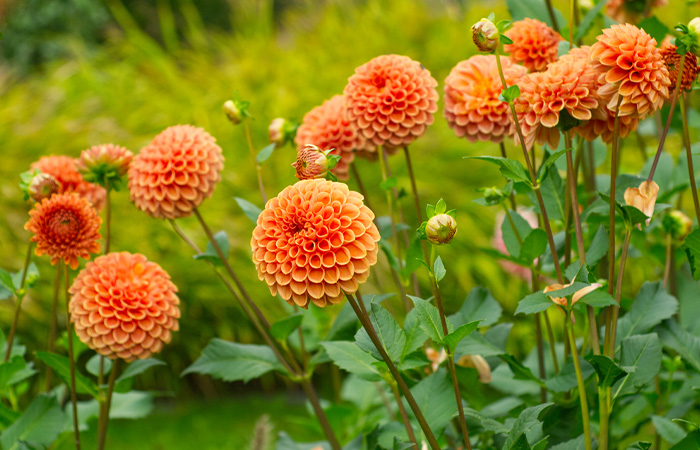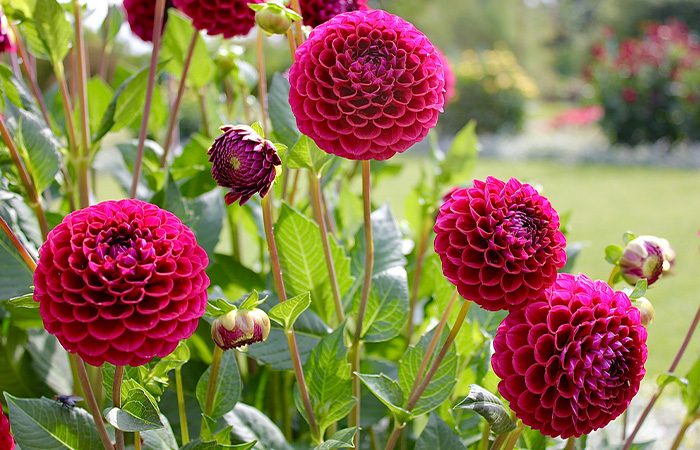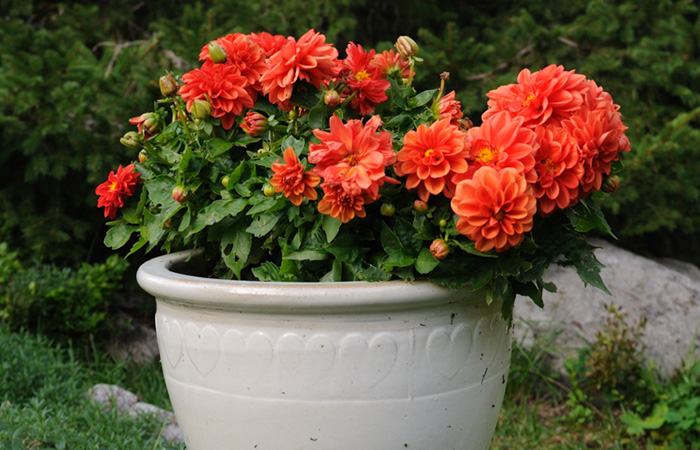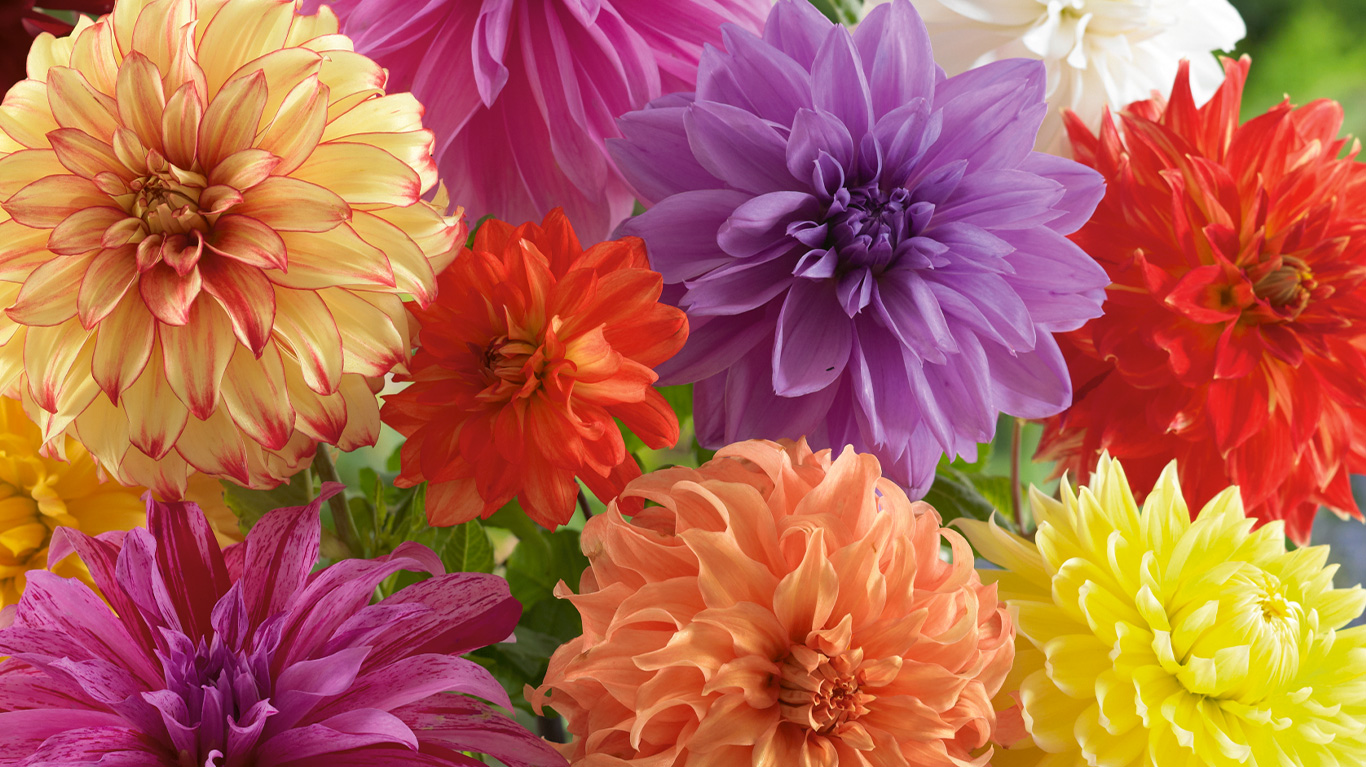
What We've Included
How supplied | When to Plant | Where to Plant | How to Plant | When will they flower | After Care | Common Issues | Inspiration | Further Reading
How Supplied
We supply our Dahlias as both tubers and plug plants.
Although our tubers are slightly bigger and a bit different to the average bulb, that doesn’t mean that they’re harder to grow. With a bit of guidance and advice, you will soon become a Dahlia expert!
Our bulbs will be delivered fresh and healthy. There should be firm, not soft. Some bulbs may arrive with slight mould patches, but this is completely normal and can be brushed off. If you suspect that your bulbs are faulty, do not hesitate to get in touch.
Once your bulbs arrive, take them out of their packaging (including bags) and lay them out on newspaper so they can breathe. This is so they don’t excessively sweat in their containers, ruining the bulbs. Leave somewhere cool and dry until it’s time to plant them.
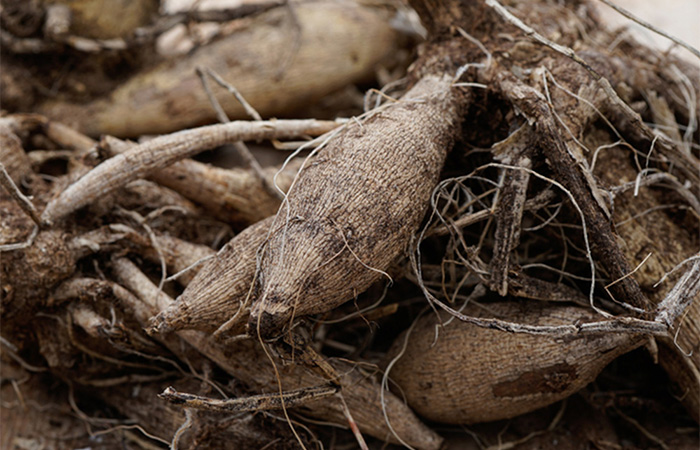
When to Plant
For the best results, plant Dahlia tubers in separate pots from March to April. This is called potting on. Although you can wait until late spring to plant your tubers directly outside, you can get them to grow earlier by potting them on than planting them outside in mid-late May.
These pots should be kept on a sunny windowsill or greenhouse until all danger of frost has passed and they can be planted outside in your desired spot.
Where to Plant
Dahlia tubers can be planted in beds and borders, as long as they’re given enough space to grow.
Specific compact varieties can also be grown in containers and patio pots. They are easy to grow and maintain, perfect for beginners!
Position your Dahlias in areas that reach plenty of sunlight. If you worry about a lack of sunlight exposure in your garden, flowerpots can be incredibly helpful. Simply move them to wherever the sun is positioned!
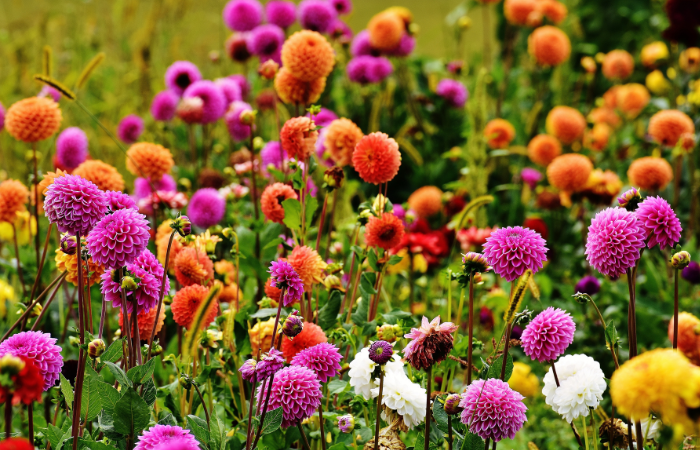
How to Plant
Borders
1. Soak the tuber in room temperature water for about an hour before planting to rehydrate.
2. If potting on, use a medium to large container that holds the tuber and has space to grow. Do this from March to April, giving the roots plenty of time to grow before summer.
3. When all threat of frost has passed, harden them off by putting the pots outside throughout the day and bringing them indoors in the evening. Do this for a week and then plant them outside.
4. Space each tuber apart by at least 60cm.
5. Place tubers so that the stem where the plant shoots from is at the soil’s surface.
6. Water well and cover with mulch or organic compost to add moisture and nutrients to help it grow big and strong.
If you’re not too fussy about potting your tubers on, you can wait until mid-April to May to plant them directly outside. Although the danger of frost is still present, especially in colder areas of the country, it would not be harsh enough to kill the tuber. Ensure the soil is covered with mulch to keep it warm before it appears in the summer.
Containers
If the Dahlia is compact, like our Dahlia Gallery mixed, it can be planted in containers. Ensure your container has suitable drainage with holes at the bottom and is large enough for the tubers to grow big and strong!
1. Fill the pot with any multi-purpose compost until you’ve reached its halfway point.
2. Add your tuber with the stem pointing to the sky and the tuberous roots downward.
3. Cover with compost, with the stalk just below the soil level.
4. Water every day, especially during hot weather, or when the soil is dry to the touch.
5. Containers can be put directly outside from mid-late May if all threat of frost has passed.
Quick tips – You could add some slow-release fertiliser granules to the soil while potting, as they will release nutrients to the root every time you water the plant. Although this isn’t necessary, it will ensure that the plant receives plenty of nutrients while in growth.
Watch Our Videos On How to Plant Dahlias
Watch: How to Plant Dinner Plate Dahlias
Watch: How to Plant Cactus Dahlias
Watch: How to Plant Dwarf Gallery Dahlias
Watch: How to Plant Bishop Dahlias
When Will They Flower?
Most Dahlias will flower from mid to late June, lasting through to early autumn. If they’re receiving enough sunlight and water, they should thrive throughout the season, giving you months of gorgeous colour.
After Care
When to water
Dahlia tubers need to be watered every day, especially when the weather is warm. If its soil is well-drained, this shouldn’t be an issue. Also, if their soil feels quite dry on the surface and a few centimetres below, then give them a nice big douse of water, about half a watering can.
Providing Support
Many Dahlias can end up being top-heavy as their blooms become quite large. This might make them droop. Giving them support with a cane will help them to stand tall. Compact or dwarf varieties do not need support.
What to do once they have finished blooming
After the first big frost in the late autumn or early winter, your Dahlias will die back. At this point, you could either leave them in the ground, which is significantly easier or lift them and store them for the following year. Dahlias aren’t frost-hardy, so leaving them in the ground can be risky and might damage the tuber.
Deadheading
Deadheading can help redirect the plant’s energy into creating a new flower once the other one has wilted. It also helps to keep the flower bed looking tidy and uniform whilst the others are still in bloom. Simply cut the spent flower with clean shears, just above the leaves.
Storage Tips
Lifting Dahlia tubers will protect it over the winter. Here’s how and where to store them until the following planting season.
1. Wait until the plant has died down and has reached a straw colour (often brown).
2. Cut down the plant to the bottom of the stem and dig up the tuber gently. Shake off any remaining soil.
3. Cut off tubers if damaged, but otherwise leave them intact.
4. Keep them in a cool, dark, dry place, preferably in a dry box or container. If it gets particularly cold, you can cover them with garden fleece or layers of newspaper.
5. From March to May, start the potting on process once again before popping them outside.
Common Issues & How to Solve Them

Slugs
Slugs love Dahlias, especially when they’re in their first stages of growth. To stop them from ruining them, pop some deterrents on the top of the soil like rough mulches, crushed eggshells, or sharp grit.
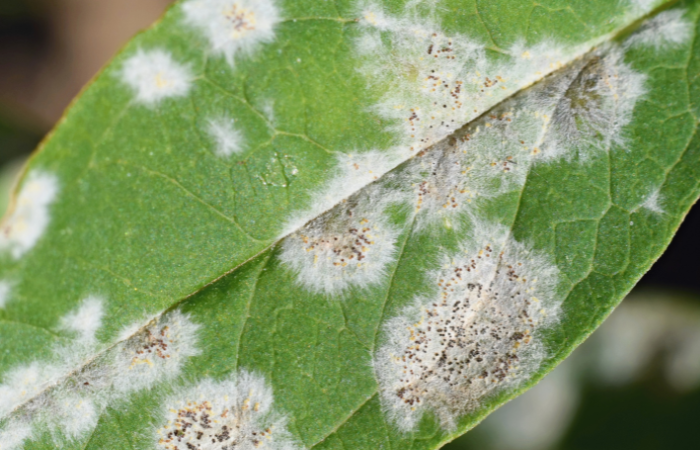
Powdery Mildew
Dahlias can get what’s known as powdery mildew if they become too dry. To mitigate this, ensure you’re watering them often, especially in warm weather.
Ready to Shop?
Find some inspiration for your garden
Want to Know even more about Dahlias?

